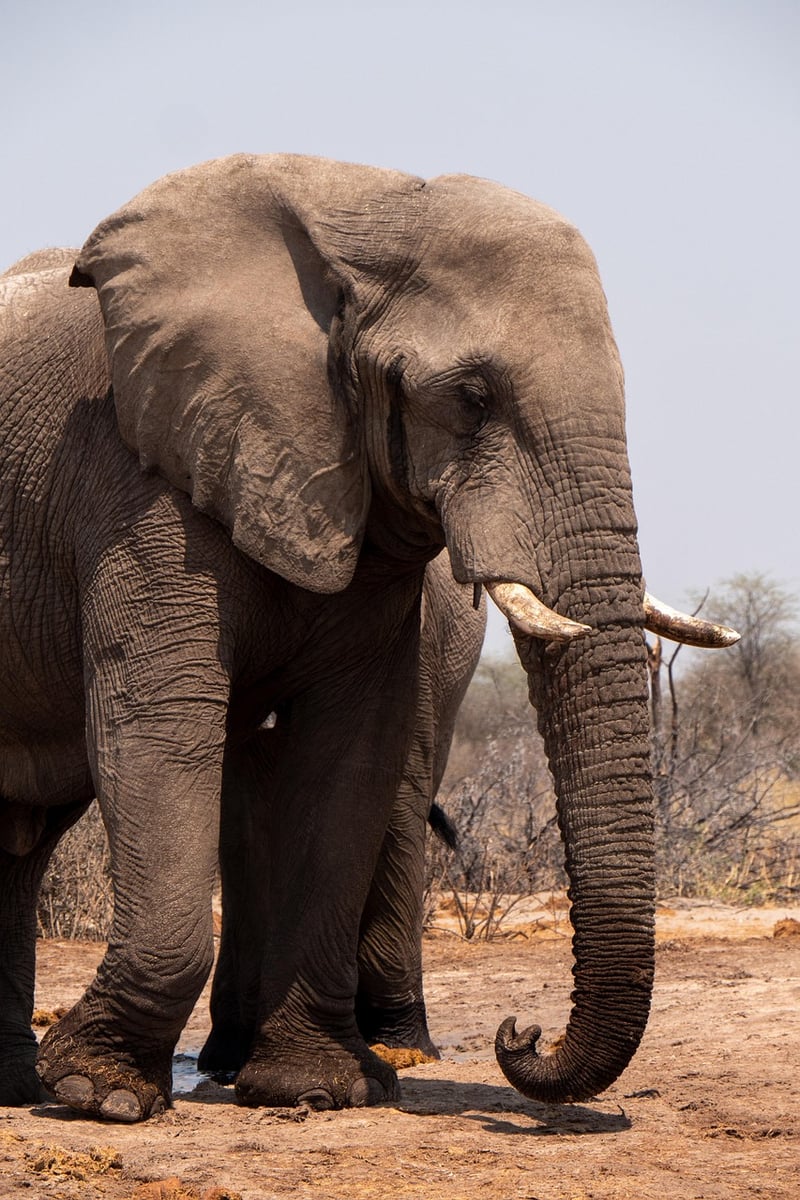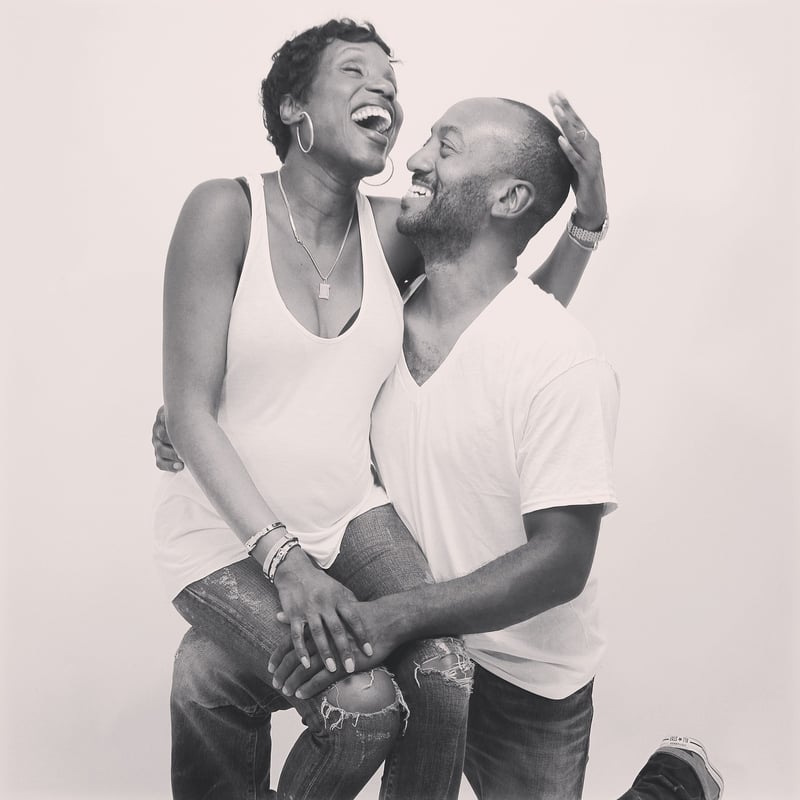Hip Hop
The Power of Expressive Movement in Hip Hop
Hip Hop, a genre that originated in the 1970s in the Bronx, New York City, has evolved into a global cultural phenomenon that encompasses not just music but also dance. One of the key elements of Hip Hop culture is expressive movement, which plays a crucial role in both the artistic and social aspects of the genre.
The Language of the Body
Expressive movement in Hip Hop is more than just dance; it is a form of communication that allows dancers to convey emotions, tell stories, and connect with their audience on a deeper level. From powerful gestures to intricate footwork, every movement in Hip Hop dance has a meaning and a purpose.
Breaking Boundaries
One of the defining characteristics of Hip Hop dance is its ability to break boundaries and defy traditional norms. Dancers often use their bodies in unconventional ways, blending elements of various dance styles to create something entirely new and unique. This spirit of innovation and creativity is what sets Hip Hop dance apart from other forms of dance.
Embracing Individuality
In Hip Hop culture, individuality is celebrated, and this is reflected in the way dancers express themselves through movement. Each dancer brings their own style, personality, and flair to their performances, making every routine a reflection of their unique identity. This emphasis on individuality has helped Hip Hop dance become a platform for self-expression and empowerment.
Images of Expression


Conclusion
Expressive movement is at the heart of Hip Hop culture, allowing dancers to communicate, innovate, and celebrate their individuality through the art of dance. As Hip Hop continues to evolve and influence mainstream culture, the power of expressive movement remains a driving force behind this dynamic and vibrant art form.
Explore the world of expressive movement in Hip Hop and discover the endless possibilities of dance!
